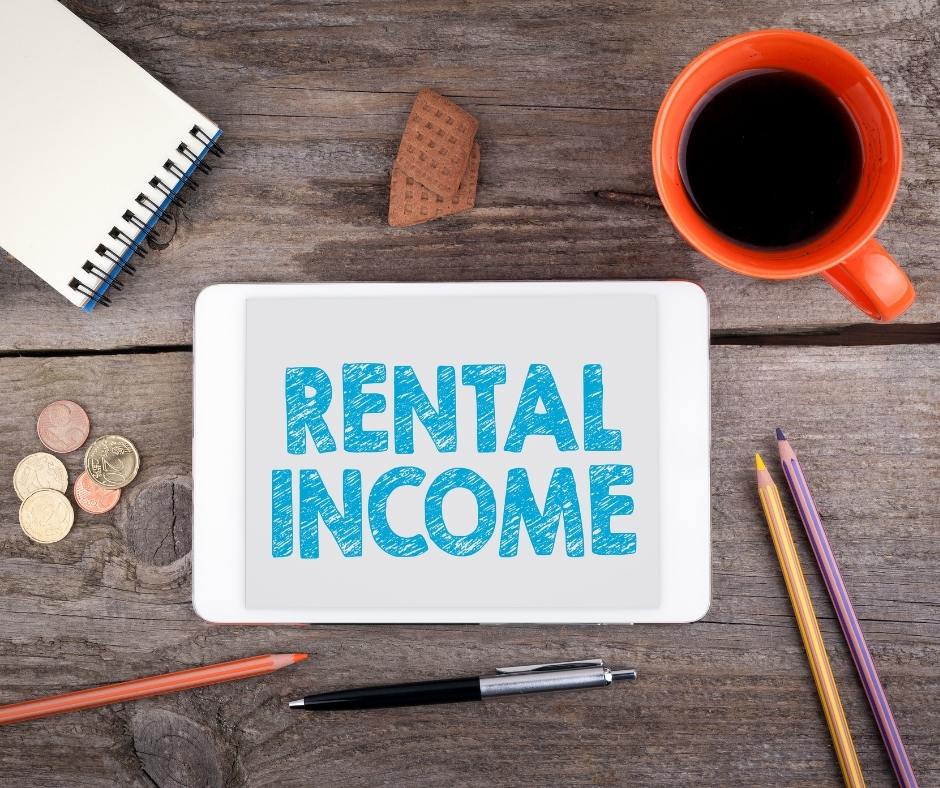
With interest rates at an all time low, refinancing your mortgage can save a significant amount of money. Income calculations for rental properties differ from traditional income sources. The type of property and what tax schedule is used to report rental income are important. Below are a few things you should know about rental income and mortgage refinances when refinancing both primary residences or investment property loans.
Residential or Commercial Properties
The first important distinction is the number of units in your multi-family. 1-4 unit properties are considered residential. Buildings with 5 or more units are commercial. Typically, commercial property rental income is reported on Schedule C of federal tax returns and is considered business income. Residential properties are reported on either Schedule C or Schedule E. Residential properties are listed individually on the mortgage application along with detailed accounting of mortgage payments, taxes, and insurance.
Schedule C versus Schedule E Rental Income
Most conventional loans limit total monthly debt to 50% of total monthly income. Therefore, how rental income is calculated can be very important for mortgage qualification. For commercial properties reported on Schedule C, it’s fairly straightforward. Take the net income from Schedule C and add back depreciation and depletion. For example, if Schedule C shows a net income of $20,000 and depreciation of $10,000, rental income is $30,000 for the year. Divide by 12 for a monthly rental income of $2,500.
Residential properties are listed directly on the mortgage application. The first figure needed are the monthly rents. This is obtained either from amounts reported on the last 2 years’ of tax returns or with a copy of signed leases. Lenders will consider 75% of the rents received. The remaining 25% is a buffer for vacancies and other expenses. Subtract from that figure the monthly mortgage principal, interest, taxes, and insurance (PITI). That figure is used as rental income for qualification purposes. For example, a property with $4,500 in rental income (75% of which is $3,375) and $3,000 in PITI provides a monthly net rental income of $375.
Debt-to-Income Rations for Rental Income and Mortgage Refinances
Rental income and mortgage refinances are often misunderstood because there’s no single standard that applies across the board. Additionally, the debt to income ratios are calculated based on the PITI for the subject property. Beyond the housing expenses, personal debts such as credit cards and installment loans are also included. In each of these scenarios, the total debt to income ratio must not exceed 50%.
Primary Residence: (primary PITI + other personal debts) / (regular income + net rental income)
Investment Property: (primary PITI + subject property PITI + other personal debts) / (regular income + net rental income from other properties + 75% rental income from subject property)
Start Your Mortgage Refinance
If you own multi-family properties and would like to learn more about refinancing your primary residence, investment properties, or both, please contact our mortgage team at (978) 704-8121 or via email. We’re happy to answer your questions. You may also start an application online.


